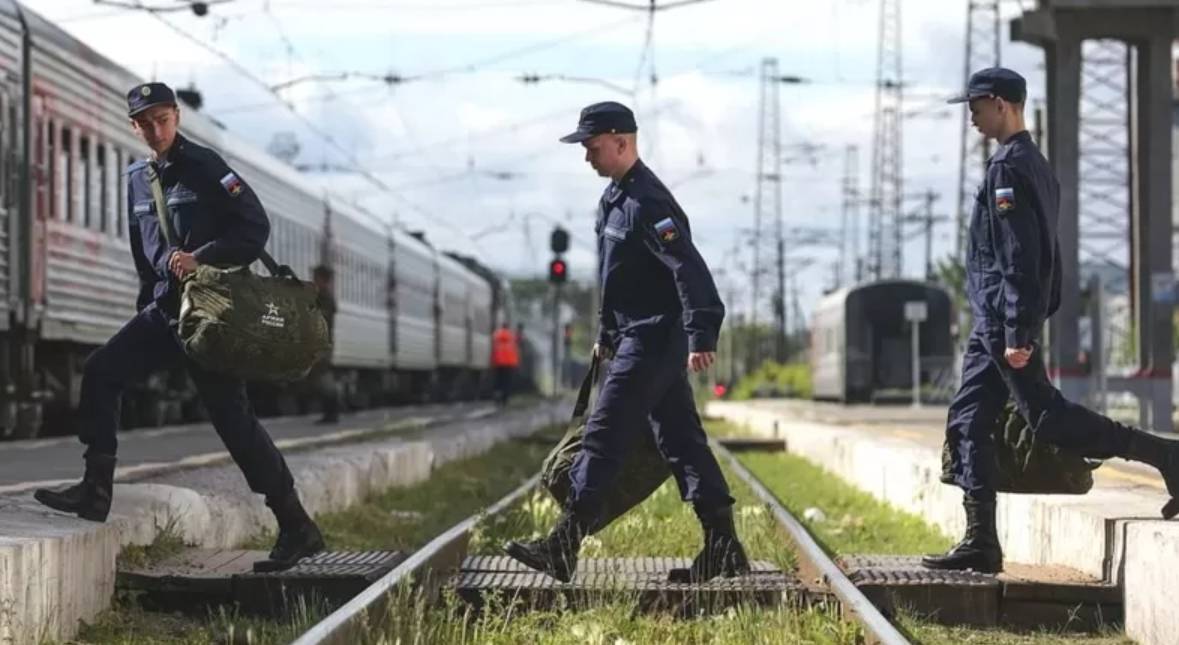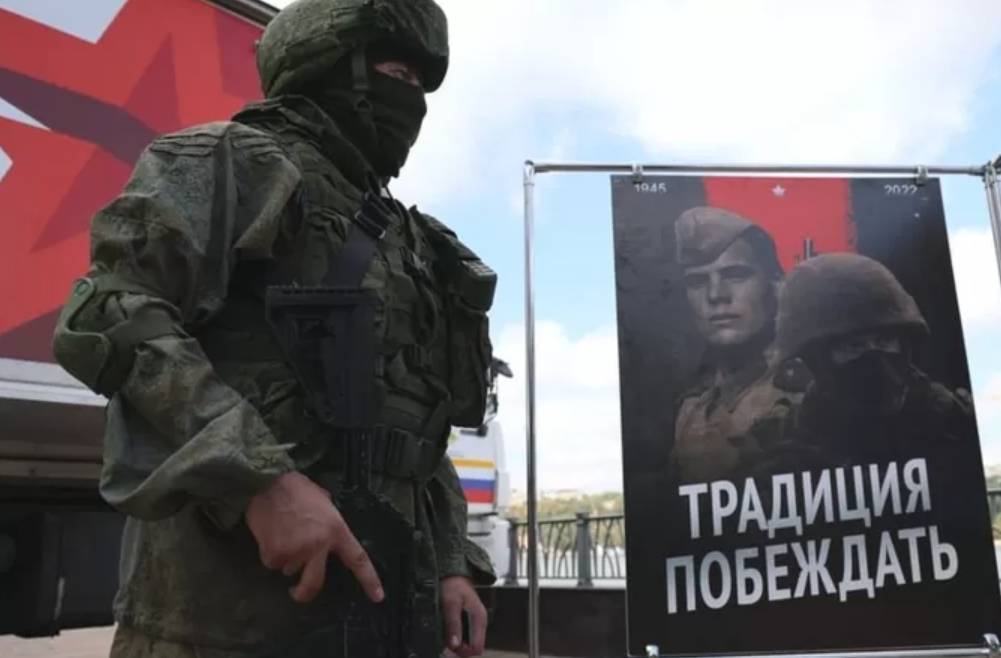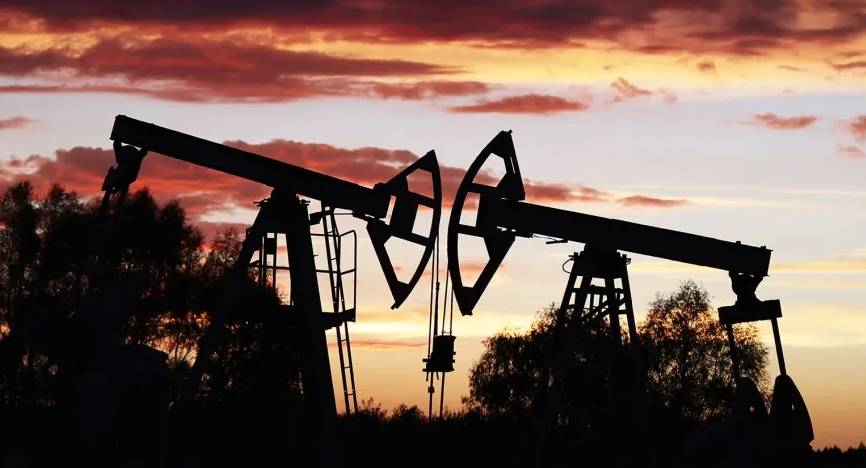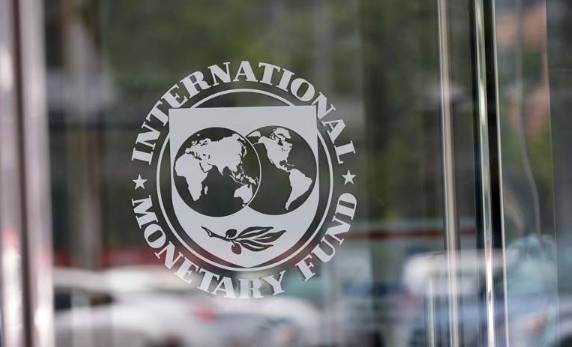
Due to sending 300,000 people to the front, mostly men, Russia’s GDP could be reduced by 0.5%, and labor productivity could decrease. Only military spending will rise. The BBC Russian service talks about the economic consequences of mobilization.
This Wednesday, Russian President Vladimir Putin signed a decree on partial mobilization. There is one secret item in it – probably, it concerns the number of those who want to be sent to the front. At the same time, according to Defense Minister Sergei Shoigu, we are talking about 300 thousand people.
The BBC Russian service asked experts to explain what will happen to the economy when thousands of economically active citizens are “pulled out” of it.
Minus half a percent
The announced mobilization will affect about 1% of men aged 20 to 55 and 0.5% of the workforce, Bloomberg economist Alexander Isakov says to the BBC. It is these age groups that are maximally included in economic life – about 95% of young men participate in it, he notes.
It is hard to say how painful the “loss” of this group will be for the economy: so far there are too many unknowns in the equation. In particular, how exactly the call will be organized and whether it will greatly affect people with rare skills. The stronger, the more serious will be the impact on economic growth.
“If employees of private security agencies are mobilized, everything is fine. If those who are engaged in normal productive activities, this is another blow to the economy,” agrees economist Ruben Enikolopov.
It will be especially noticeable if, as follows from the decree, many reserve officers – mainly graduates of the military departments of universities – will fall under mobilization. These are employees with high labor productivity, notes Enikolopov.
In Russia, there were problems with this even before the war: in terms of productivity, it is among the lagging countries, despite the fact that in terms of the level of education it is among the leaders, HSE experts write. Among the reasons for this, they cited the aging of the population – a problem that mobilization, obviously, will only exacerbate.
Under the most pessimistic scenario, GDP at the end of 2022 due to mobilization may further decrease by 0.25%, estimates Isakov from Bloomberg. In his own base case, that would mean a total fall of 3.75%.
Before the announcement of the mobilization of the Ministry of Economic Development, the GDP was expected to fall by 4.2% and return to the pre-crisis level in 2025. The same forecast was given by analysts polled by the Central Bank. But a few hours after Putin’s speech, the ministry sharply improved its forecast: according to it, the economy will now fall by only 2.9% in 2022.
In general, all official forecasts suggest a decline of about 3-5% and a long recovery. An internal government report obtained by Bloommberg paints a more pessimistic scenario: a maximum failure of 8.3% in 2023 and a return to minimum growth in 2028.
New Exodus Wave
Russia faced an outflow of personnel six months ago, after the start of a full-scale war. According to Rosstat, 419,000 people left in the first half of 2022, twice as many as in 2021. Someone returned – statistics do not allow tracking this – but many settled abroad.
In percentage terms, several hundred thousand people is a little, less than a percentage of the entire population of Russia. But we are talking about the most active and sought-after specialists, primarily IT specialists. There is no personnel shortage in the IT sector right now: there are fewer vacancies than applicants. But, from an economic point of view, what matters is that these people were earning more than average, paying taxes and spending money, providing consumer demand.
“Do you want projects? Leave!” Russian IT specialists were left without foreign customers
After the announcement of mobilization, Russia is waiting for two demographic blows. The first – actually because of sending to the front. The second is due to the departure of a new batch of highly qualified personnel who will try to avoid such a fate, says Evgeny Nadorshin, chief economist at PF Capital.
“Emigration will definitely increase, people will try to leave. The border with Kazakhstan is thousands of kilometers away, trying to close it is a utopia,” Enikolopov agrees.
“What should I do with my passport?” Dozens of Russians cannot renew their residence permit in Poland
Nadorshin admits that the mobilization will be geographically uneven. In those regions where more storekeepers are called in, there will be a shortage of workers in areas dominated by physical labor: logistics, cargo work. The consequence is a loss of productivity, Nadorshin concludes.
The supply of labor will become smaller, especially against the backdrop of already low unemployment, despite the departure of foreign companies. This could cause an increase in labor prices and, as a result, consumer prices, admits Isakov from Bloomberg.

Escalation Trend
Separately, it will be necessary to evaluate the costs associated with mobilization: the larger the scale of the operation and the number of its participants, the higher the budget costs.
According to a rough estimate by the Ukrainian Forbes, on average, Russia spends about $200 a day to maintain a fighting soldier. That is, every day mobilized 300 thousand people at the front will cost 60 million dollars (about 3.5 billion rubles).
This is big money for Russia, which will end 2022 for the first time in many years with a deficit of 1.6 trillion rubles. The budget for subsequent years is also in deficit. According to the government’s plan, in 2023 the deficit will amount to 3 trillion rubles, or 2% of GDP, then it will gradually decrease.
The size of the National Wealth Fund, from which additional expenses related to the war in Ukraine can be covered, is a little less than 12 trillion rubles.
“It’s a very risky game. Reserves are being used up at an alarming rate,” Enikolopov warns. He believes that in the short and medium term, the government “has something to plug holes.” But long-term stability is undermined.
In general, the trend will continue: the military sector of the economy will grow, the civilian sector will sag, the economist suggests. He adds that it was the state defense order that saved industrial production in Russia from a drawdown amid sanctions.
In July, Rosstat released data showing that GDP fell 4.3%, while industrial production – which has always shown similar dynamics – unexpectedly fell by only 0.5%. Bloomberg attributed this to the explosive growth in the production of “finished metal products”, which, in addition to spoons and forks, includes bombs and small arms.
“The longer the military conflict lasts, the higher the degree of its escalation, the stronger the negative consequences for the Russian economy,” the economist concludes. “This is a hole in which Russia is digging deeper and deeper.”

 Exploring the Enigma of ‘Blue Zones’: Global Hotspots for Longevity
Exploring the Enigma of ‘Blue Zones’: Global Hotspots for Longevity  Ethical Considerations in the Development of Future AI Assistants: Insights from Researchers
Ethical Considerations in the Development of Future AI Assistants: Insights from Researchers  AI Revolutionizes Agriculture: Robotics and Lasers Join Forces to Tackle Weeds Across Farmlands
AI Revolutionizes Agriculture: Robotics and Lasers Join Forces to Tackle Weeds Across Farmlands  AI Unveils Groundbreaking Antibiotic Effective Against Superbugs
AI Unveils Groundbreaking Antibiotic Effective Against Superbugs 


